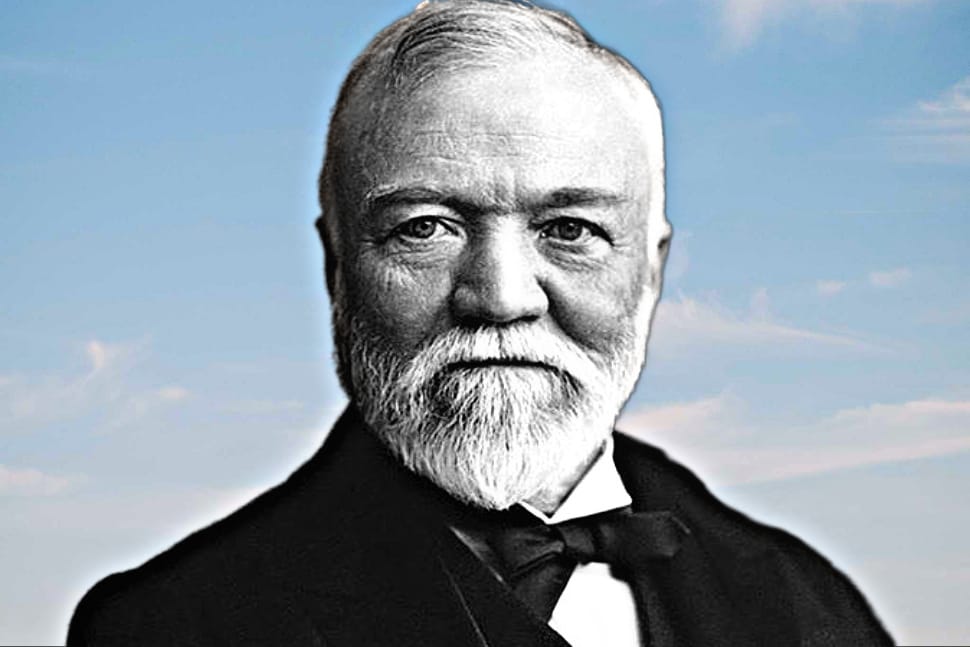Andrew Carnegie, born into poverty in Scotland, rose to become one of the wealthiest men in the United States during the Gilded Age. His story is one of remarkable ambition, innovation, and transformation, not just in the world of business but also in philanthropy. Carnegie’s ability to build an empire, starting with humble beginnings, is a testament to his business acumen and determination. However, it is his later years, in which he devoted himself to giving away much of his fortune, that define his legacy as a philanthropist.
In this article, we will explore the life of Andrew Carnegie, his rise to prominence, the success of the Carnegie Steel Company, and his impact on American industry. We will also delve into his philanthropic work, which has left a lasting imprint on American society and the world at large.
Early Life and Immigration to America
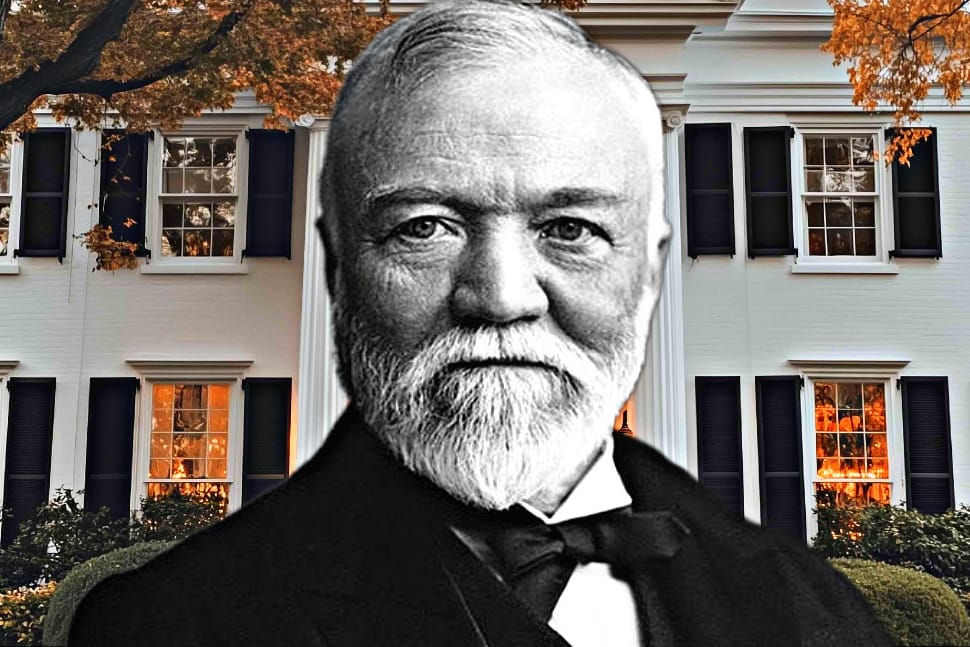
Andrew Carnegie was born on November 25, 1835, in Dunfermline, Scotland, to a working-class family. His father, William Carnegie, was a weaver who struggled to make a living as the textile industry was suffering from mechanization, while his mother, Margaret, helped support the family by taking in boarders. Carnegie’s early life was marked by hardship and poverty, but he exhibited an entrepreneurial spirit even as a young boy.
In 1848, when Andrew Carnegie was 13 years old, his family emigrated to the United States in search of better opportunities. They settled in Pittsburgh, Pennsylvania, a city that would later play a crucial role in Andrew Carnegie rise to wealth. Like many immigrants of the time, the Carnegie family faced difficult circumstances. Andrew had to help support the family by taking various jobs. He worked as a bobbin boy in a cotton factory, earning just $1.20 a week, and later as a messenger boy for a local telegraph company.
Despite these tough early years, Andrew Carnegie work ethic and determination stood out. He taught himself to read and write and began to develop a strong interest in business and industry. His first break came when he worked for Thomas A. Scott, a railroad executive, in the early 1850s. Scott recognized Carnegie’s potential and promoted him to more senior positions, including as a personal telegraph operator and later as a superintendent for the Pennsylvania Railroad.
At the Pennsylvania Railroad, Carnegie learned the intricacies of railroad operations, finance, and the growing importance of steel in the expanding American economy. This knowledge would later serve as the foundation for Carnegie’s own business ventures.
The Birth of Andrew Carnegie Steel: The Road to Wealth
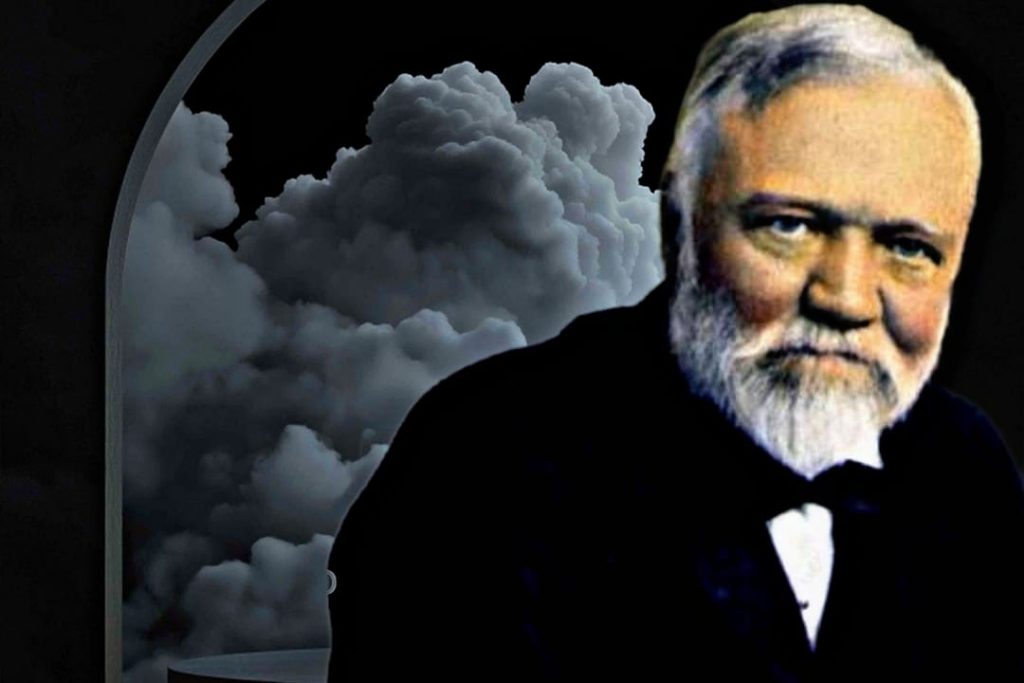
Andrew Carnegie business career truly began to take shape in the 1860s when he decided to invest in the steel industry. At that time, steel was a key component in infrastructure development, including railroads, bridges, and buildings. Carnegie believed that steel would be the backbone of America’s industrial future. His first significant investment in steel came in 1865 when he purchased a controlling interest in the Iron Works of Pittsburgh.
Andrew Carnegie timing was impeccable. The American economy was expanding rapidly following the Civil War, and the demand for steel was increasing. Carnegie quickly recognized that the key to becoming a leader in the steel industry was not just owning steel mills but controlling the entire supply chain, from raw materials to production and distribution. He achieved this by making strategic investments in coal mines, iron ore fields, and railroads, which allowed him to reduce costs and increase efficiency.
In 1875, Carnegie consolidated his holdings into the Andrew Carnegie Steel Company, and by the late 1880s, it had become the largest steel producer in the United States. Andrew Carnegie business philosophy was revolutionary. He implemented new manufacturing techniques, such as the Bessemer process, which made steel production faster, cheaper, and more efficient. This helped Carnegie to significantly lower production costs and outpace his competitors.
Andrew Carnegie innovative approach to business, combined with his relentless drive to dominate the steel industry, made him an immensely wealthy man. By 1900, Carnegie Steel was responsible for producing a quarter of the steel in the United States, and its profits were staggering.
The Sale of Andrew Carnegie Steel and the Creation of U.S. Steel
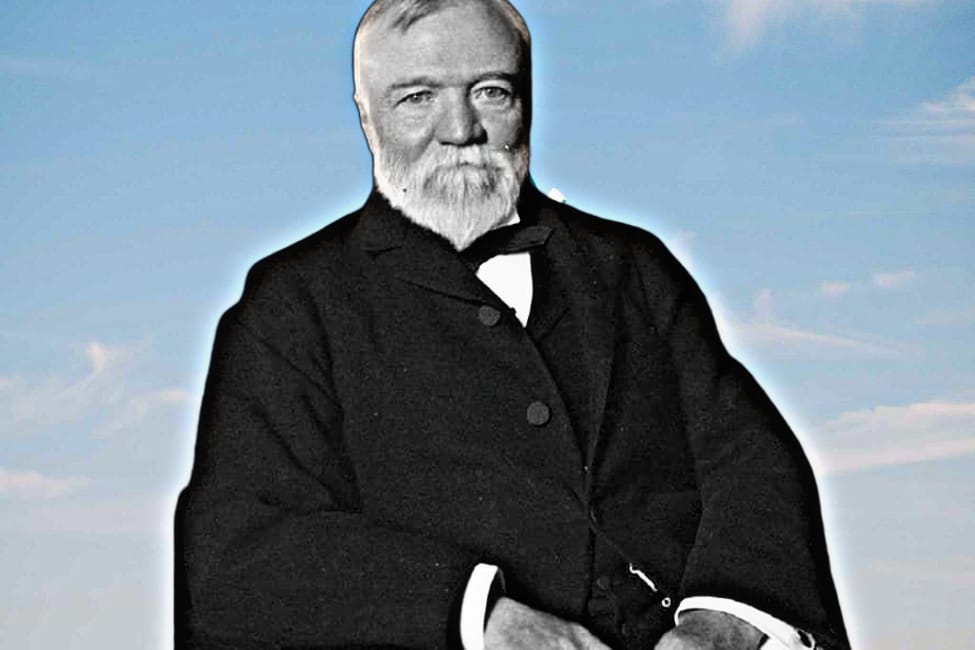
In 1901, Andrew Carnegie made a decision that would mark the end of his career in business: he sold his steel company to the industrial titan J.P. Morgan for $480 million, a colossal sum at the time. This sale created the United States Steel Corporation, the first billion-dollar corporation in the world. Carnegie’s sale of Carnegie Steel allowed him to retire from active business operations, but it also cemented his status as one of the wealthiest men in history.
Andrew Carnegie decision to sell his company was motivated by several factors. By the turn of the century, Carnegie had already made his fortune, and he began to think more about his legacy and how he could make a meaningful contribution to society. Despite his immense wealth, Carnegie was acutely aware of the social and economic disparities caused by industrialization, and he felt a deep sense of responsibility to give back to society.
Philanthropy: The Legacy of Andrew Carnegie
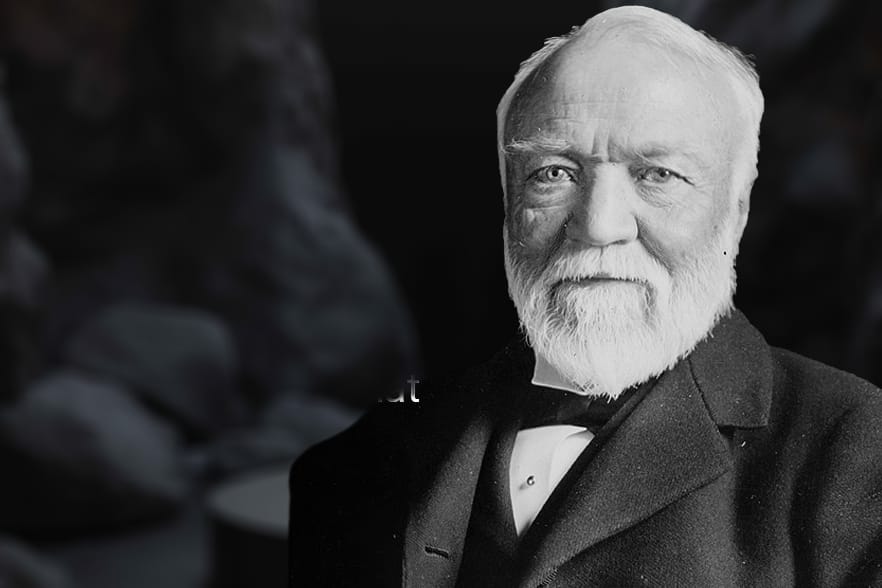
While Andrew Carnegie business achievements were groundbreaking, his philanthropic work has arguably been his most lasting legacy. Inspired by his belief in the “Gospel of Wealth,” a philosophy he articulated in an 1889 article, Carnegie committed himself to giving away the vast majority of his fortune during his lifetime. He believed that the wealthy had a moral obligation to use their wealth for the public good, stating that “the man who dies rich, dies disgraced.”
Andrew Carnegie philanthropic contributions were vast and diverse, ranging from educational institutions to public libraries to scientific research. His most significant philanthropic achievements include:
- The Andrew Carnegie Libraries: Carnegie was a passionate advocate for education and believed that public libraries were essential for providing opportunities for self-education and upward mobility. Between 1886 and 1919, Carnegie donated millions of dollars to build more than 2,500 libraries around the world, including in the United States, Canada, the United Kingdom, and Australia. Many of these libraries still serve as vital community resources today.
- Andrew Carnegie Mellon University: Carnegie’s commitment to higher education led him to establish the Carnegie Technical Schools (later known as Carnegie Mellon University) in Pittsburgh in 1900. The university focused on the practical and scientific aspects of education, offering training in engineering, industrial arts, and business. Today, Carnegie Mellon is considered one of the top universities in the world, particularly in the fields of computer science, engineering, and business.
- The Andrew Carnegie Corporation of New York: In 1911, Carnegie established the Carnegie Corporation, a foundation that would be dedicated to promoting the advancement of education and knowledge. The corporation’s work continues to this day, funding initiatives in education, scientific research, and international peace.
- Andrew Carnegie Endowment for International Peace: In 1910, Carnegie also founded the Carnegie Endowment for International Peace, with the aim of promoting peace and preventing war through the promotion of diplomacy and international cooperation. The endowment has played a key role in advancing global peace initiatives and is still active today.
- Scientific and Cultural Contributions: Carnegie’s philanthropic endeavors were not limited to education. He donated substantial amounts to scientific research and cultural institutions. He funded the construction of the Andrew Carnegie Institute of Technology in Pittsburgh, and his donations to the Carnegie Institution for Science supported groundbreaking work in fields such as astronomy and biology. He also funded the construction of the Carnegie Hall in New York City, one of the world’s most famous concert halls.
By the time of his death in 1919, Andrew Carnegie had given away nearly 90% of his fortune, which is equivalent to over $300 billion in today’s dollars. His commitment to philanthropy was unprecedented at the time, and his efforts have continued to influence generations of philanthropists and business leaders.
Criticism and Legacy
Despite his many philanthropic achievements, Andrew Carnegie legacy is not without controversy. His aggressive business tactics and the harsh conditions under which many of his workers labored in the steel mills have led some to criticize his approach to labor relations. One of the most notorious episodes was the Homestead Strike of 1892, a violent confrontation between striking steelworkers and Carnegie’s security forces, resulting in several deaths. While Carnegie was not directly involved in the violence, his company’s actions during the strike tarnished his image as a benevolent employer.
Additionally, Andrew Carnegie “Gospel of Wealth” philosophy has been criticized by some for overlooking the systemic issues of inequality. While he advocated for the wealthy to give back to society, critics argue that his wealth accumulation was often built on exploitative labor practices.
Despite these criticisms, Andrew Carnegie remains an iconic figure in both the business and philanthropic worlds. His story continues to inspire entrepreneurs, philanthropists, and individuals seeking to make a positive impact on society.
Conclusion: The Lasting Influence of Andrew Carnegie
Andrew Carnegie rise from poverty to wealth, and his subsequent commitment to using that wealth for the betterment of society, has left a lasting imprint on the world. As the founder of Carnegie Steel, he revolutionized the steel industry and played a key role in shaping the American economy during the Industrial Revolution. However, it is his legacy as a philanthropist that defines him as one of the most important figures in American history.
Through his support for education, libraries, peace initiatives, and scientific research, Carnegie demonstrated that wealth could be a tool for positive change. His approach to philanthropy, which focused on giving individuals the means to help themselves, rather than providing direct handouts, has inspired countless others to use their wealth for the public good.

